Flower power at Kew Gardens: Perennial borders and rose garden
My indulgent family and I took the Tube to Kew Gardens (officially, Royal Botanic Gardens, Kew) while in London last month. I could easily have spent the whole day there, but we had only about 4 or 5 hours, so I had to pick and choose among the various gardens and hope we didn’t miss anything spectacular.
Speaking of spectacular, the Great Broad Walk Borders made for a gorgeous start to our explorations. Only two years old, this long, colorful double border studded with pyramidal yews draws you along a promenade between the Palm House, one of two grand glasshouses, and the Orangery.
In mid-June, swaths of purple-flowering perennials mingled with green foliage, punctuated with jolts of yellow and red. A collection of magnificent trees lines the border and keeps the eye from wandering.
The white Orangery building, which houses a restaurant, peeks over ‘Rozanne’ geranium, allium, and Jerusalem sage.
Allium looks like purple sparklers.
Even more so when it goes to seed.
Each plant is arranged in a ribbon that arcs through the bed, creating distinct color blocks.
The colors were vibrant on this cloudy day.
I wasn’t the only one photographing. Also, I adore those clipped yew pyramids.
More alliums, with the orange Kew Palace visible in the background.
Jerusalem sage in my own Texas garden finished blooming in April, but in cool London it was in full flower in mid-June.
I like this color combo of tan, yellow, and purple.
Reds look good with it too.
I’m not familiar with this burgundy, pincushion-like flower, but I love it. Update: It’s likely Cirsium rivulare (thanks for the ID, Alison.)
It looks lovely with butter-yellow Jerusalem sage against an evergreen backdrop.
A closeup
Jerusalem sage flower clusters remind me of a shrimp cocktail.
OK, this combo is perfection.
A salvia stream flowing through the border reminds me of the salvia river at Lurie Garden in Chicago.
Purple and gold
‘Indian Summer’ alstroemeria looks like azalea.
A tall grass with a see-through inflorescence stands out amid frothy chartreuse blooms.
Yellow yarrow, steely blue eryngium, and burgundy leaves — nice.
Pinecone-topped tuteurs support pink roses at the entrance to another path.
Behind the Palm House, a rose garden was in full mid-June bloom.
I’ve never liked rose gardens — I prefer roses mixed with other plants — but the roses do look very happy.
You could sure make a lot of bouquets here.
They smelled divine.
Apricot rose…
…and a matching apricot bill and feet on this goose at the pond in front of Palm House. Just because.
We ducked under the low branches of a purple beech on our way to The Hive, a buzzy art installation I’ll share in my next post.
Coming up next: Kew’s The Hive art installation and pollinator meadow. For a look back at London’s lovely parks and Tower of London, click here.
I welcome your comments; please scroll to the end of this post to leave one. If you’re reading this in a subscription email, click here to visit Digging and find the comment box at the end of each post.
_______________________
Digging Deeper: News and Upcoming Events
Give a listen to Hothouse, “a new podcast about design, ecology, and the way we garden now,” hosted by Austin landscape designer Leah Churner. Tune in for her in-depth and insightful interviews with regional gardening experts like Central Texas Gardener‘s Linda Lehmusvirta, author Jenny Peterson, and designer Colleen Dieter. As with my own Garden Spark speaker series, Hothouse is cultivating gardening conversations for thinking gardeners (as I like to call us) in the Austin area.
Texas Hill Country friends and travelers, read The Texas Wildflower, a terrific new digital magazine featuring the people, businesses, culture, and scenery of our region. Published by San Antonio-based Pamela Price, whom I’ve followed online for years because of our shared interest in gardening (in fact, my book is included in her “Favorite Hill Country Garden Things”), the magazine will inspire you to get out and explore our unique and beautiful region. Subscribe to The Texas Wildflower today.
Join the mailing list for Garden Spark Talks! Inspired by the idea of house concerts, I’m hosting a series of garden talks by inspiring designers and authors out of my home. Talks are limited-attendance events and generally sell out within just a few days, so join the Garden Spark email list for early notifications. Simply click this link and ask to be added.
All material © 2006-2018 by Pam Penick for Digging. Unauthorized reproduction prohibited.


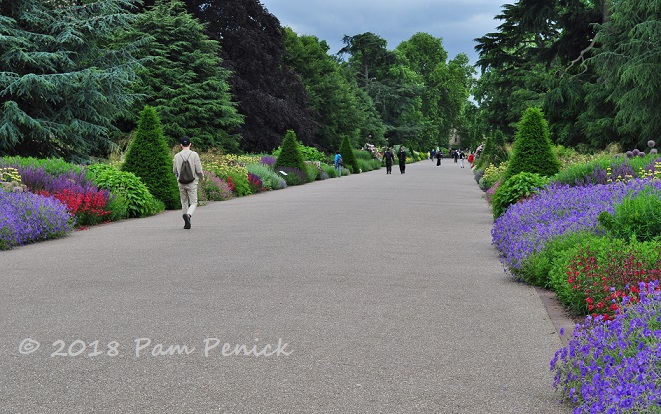
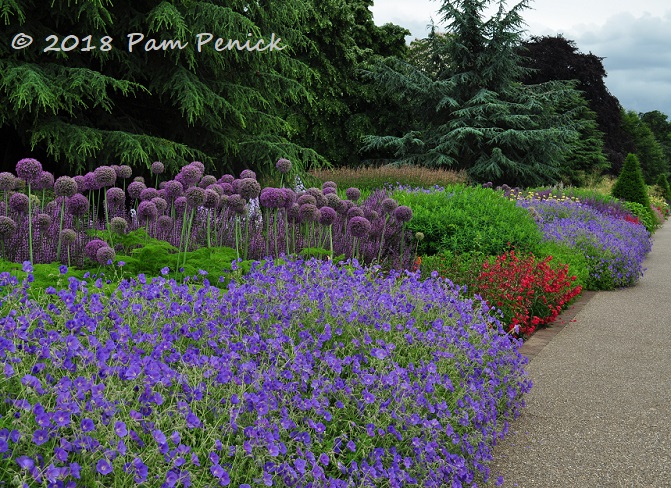
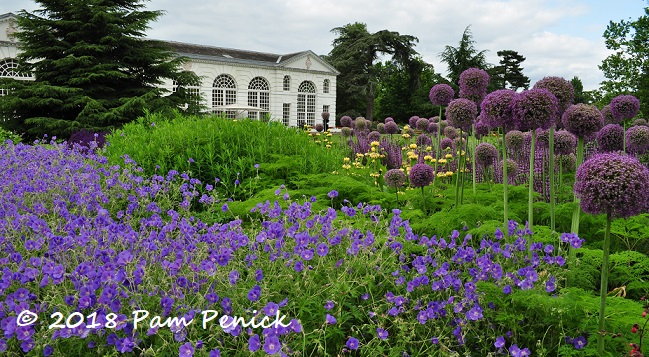
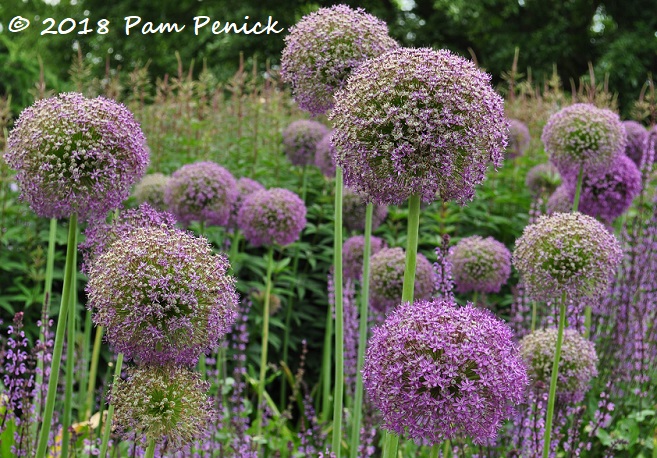
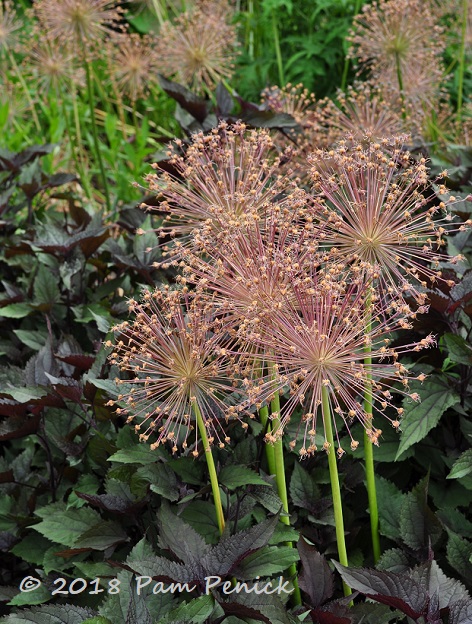
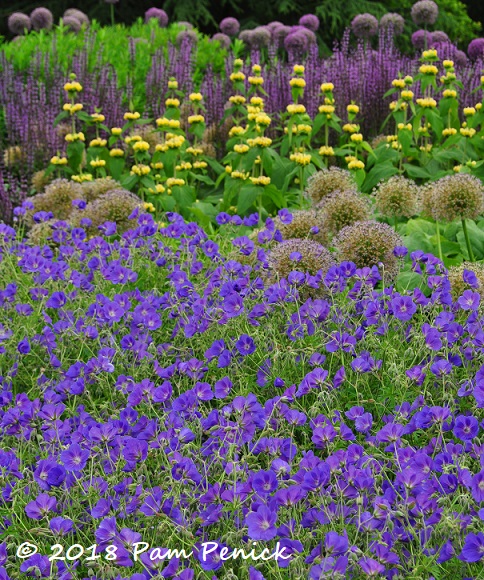
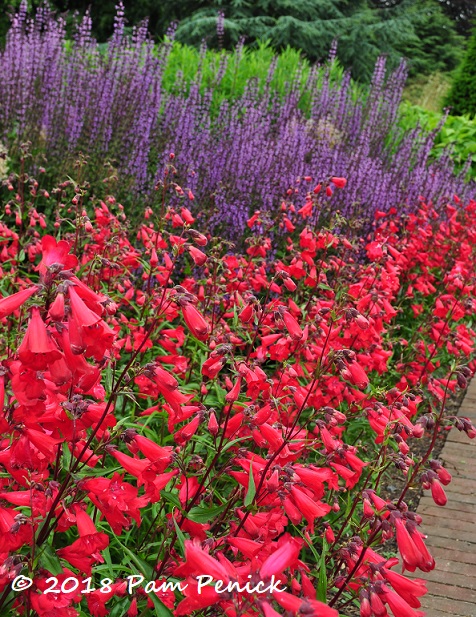
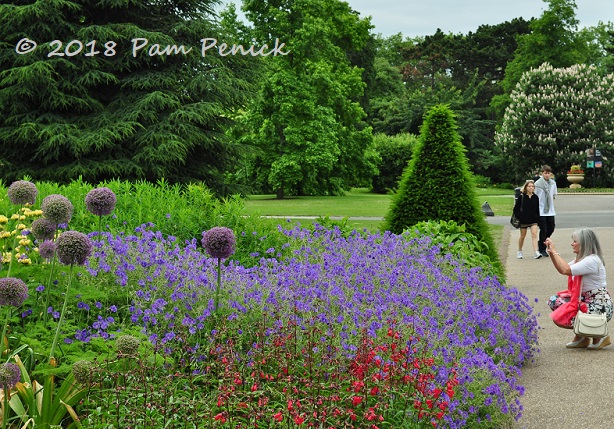
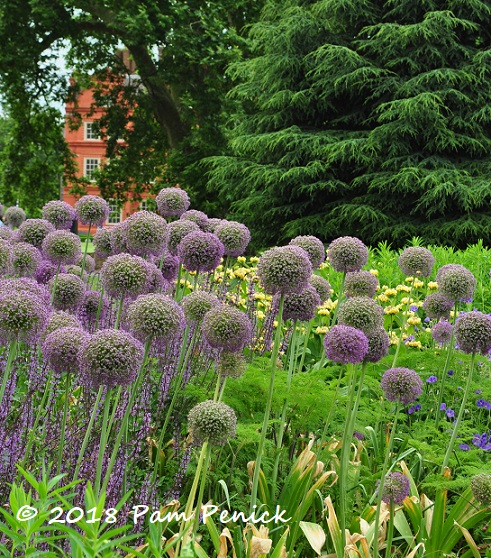
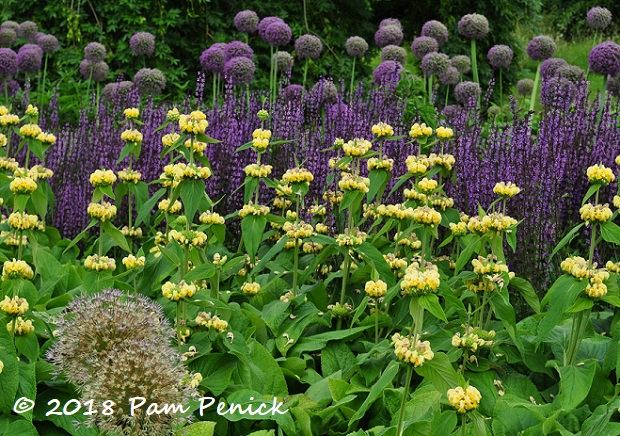
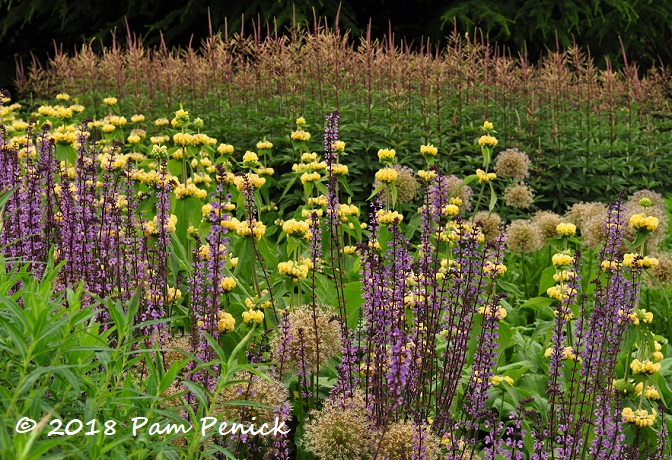
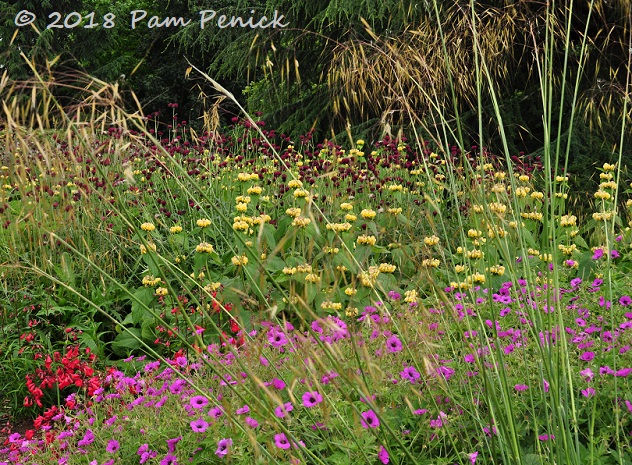
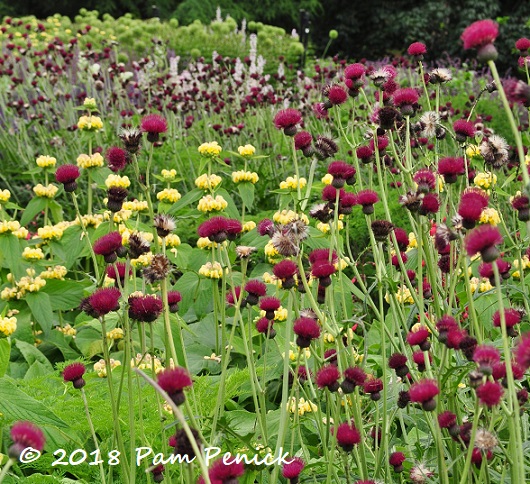
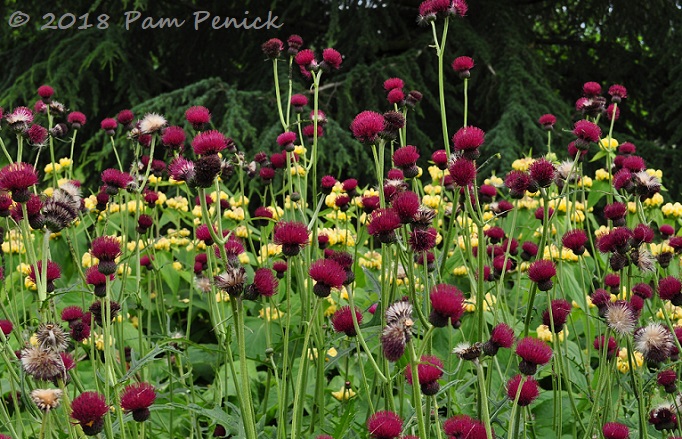
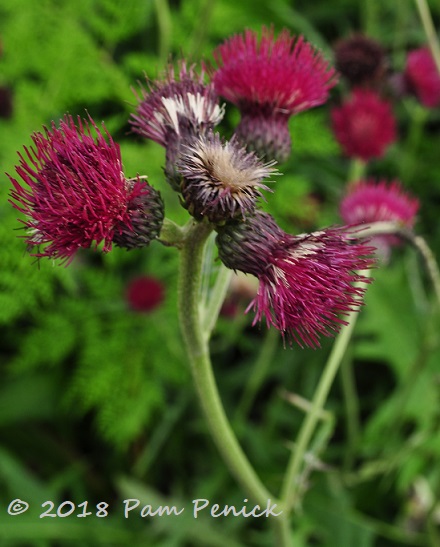
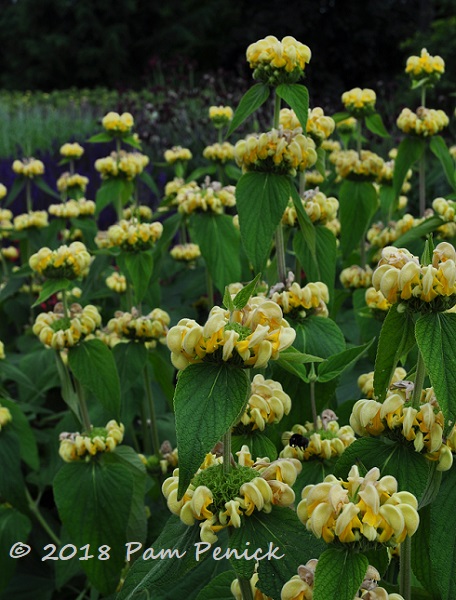
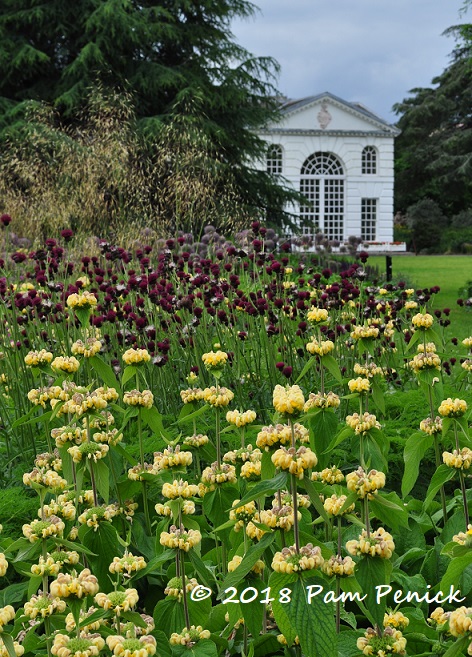
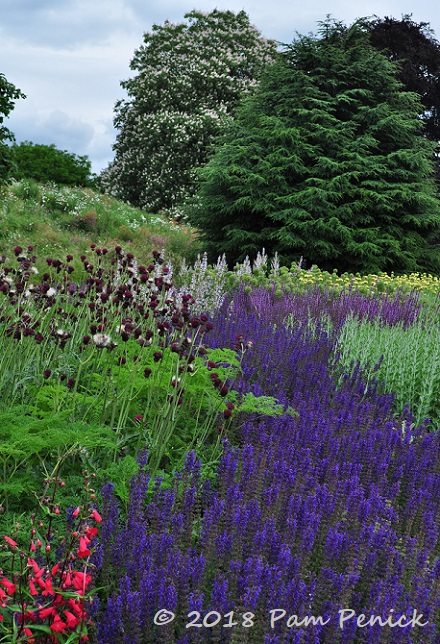
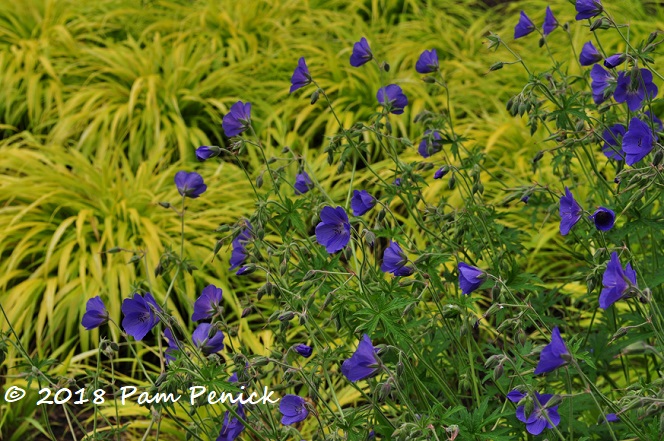
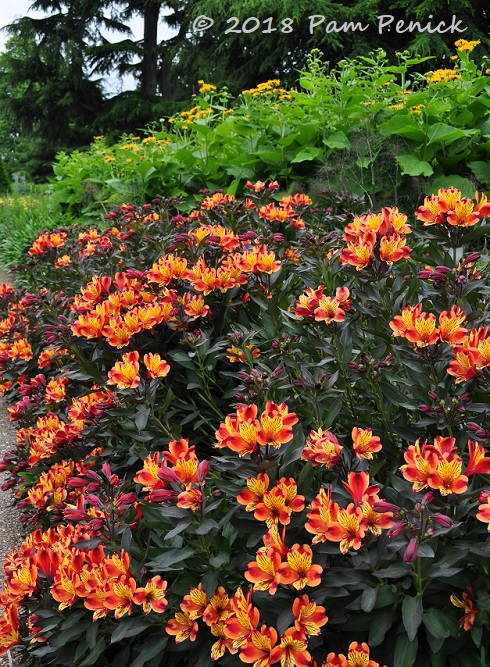
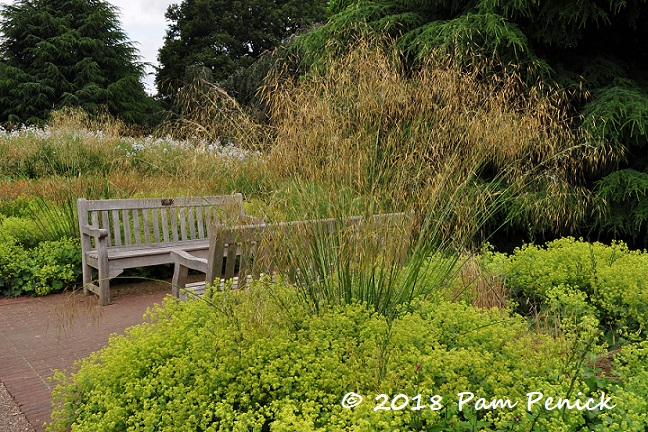
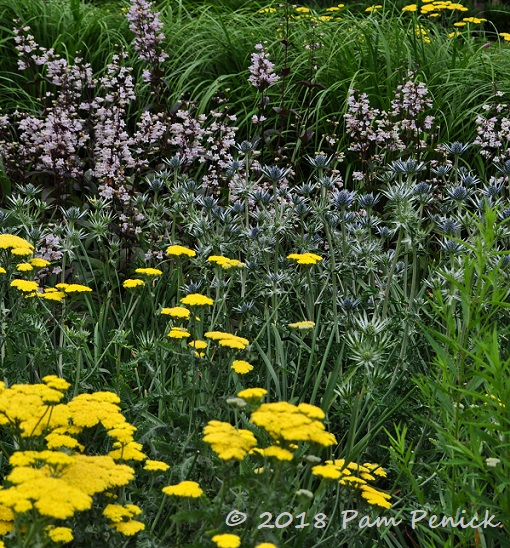
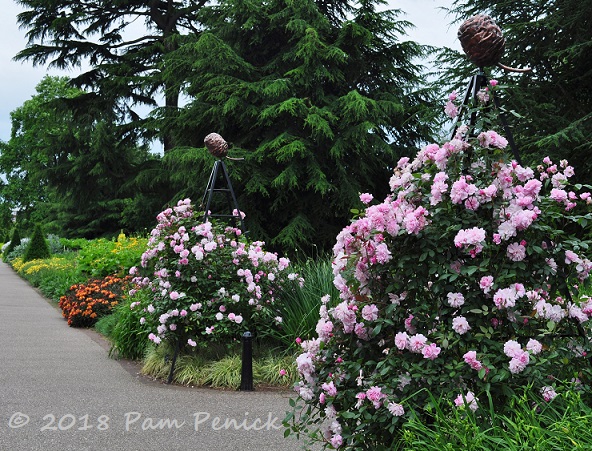
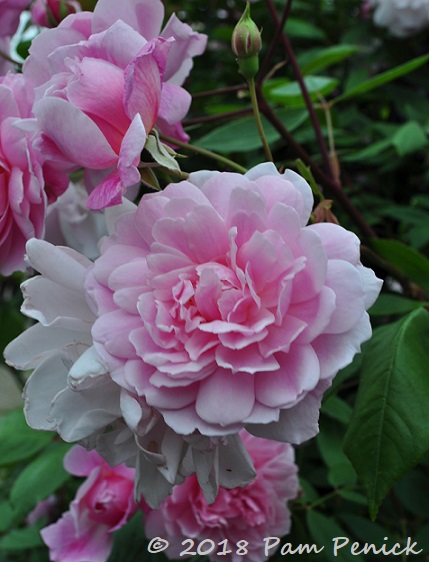
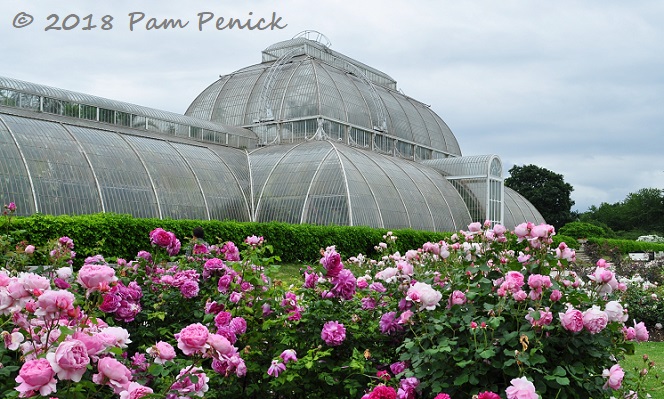
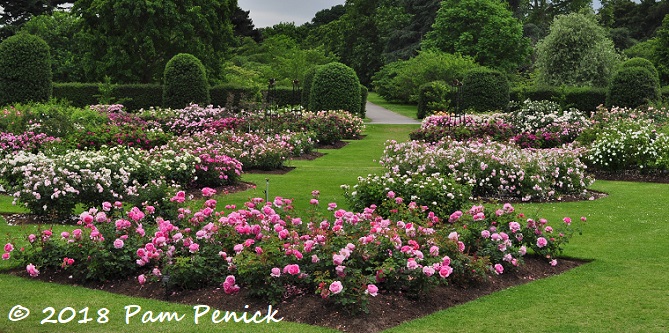
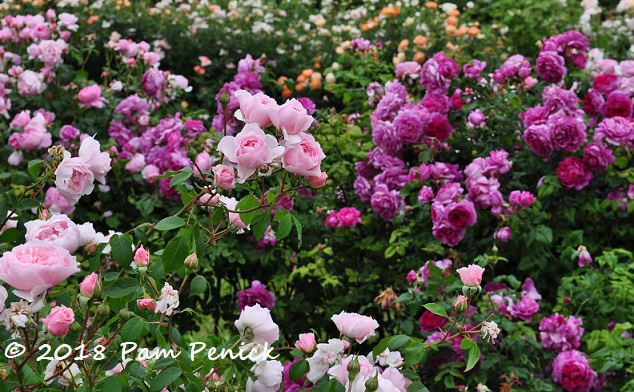
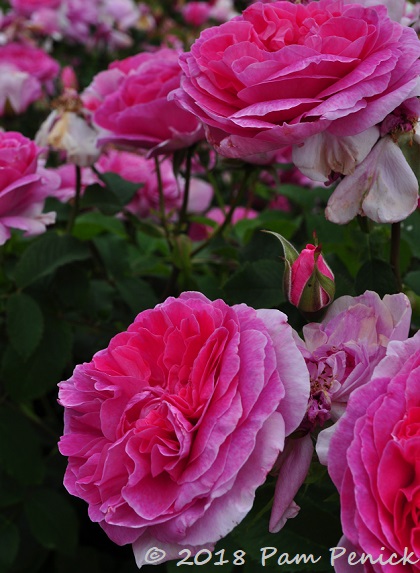
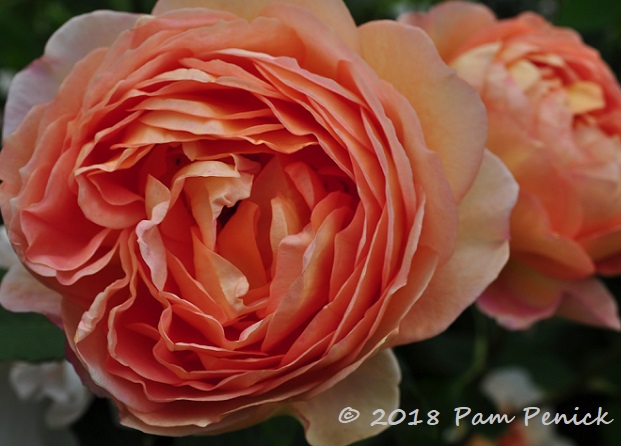
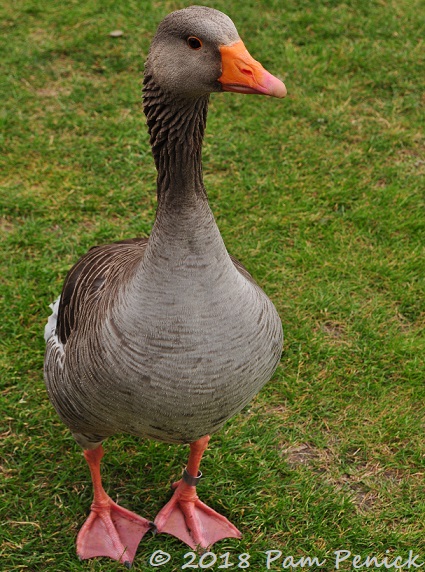
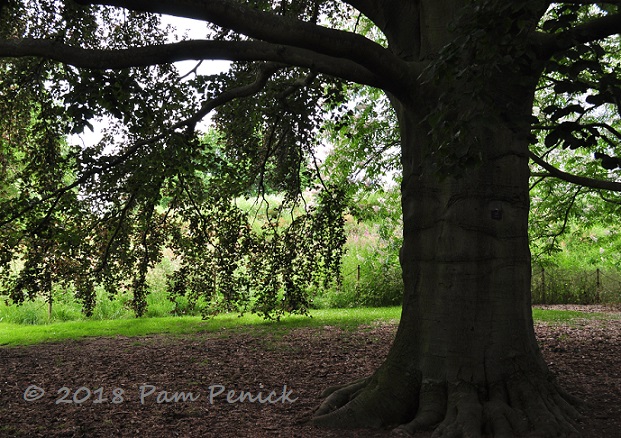
All of those drifts of color are eye catching.
Could you feel the history?
Not really. I went in cold without knowing much about it. I’m much better at reading relevant info once I’m writing my blog posts. 😉
*SIGH* The Brits really can grow anything and everything.
I KNOW. Sigh.
Wow, that Great Broad Walk Border is new to me and looks great! I don’t think I’ve ever seen all of Kew. Certainly not in one visit anyway. Looks like you accomplished a lot though!
The double border is only 2 years old, Jean. I didn’t get to see all of Kew either, but then that makes for a good reason to go back.
I love that place, and I could have spent days there when we were in London a few years back. Great memories. Thanks for sharing highlights from the new border walk with “rivers” of colorful plants–it reminds me of Lurie Garden, too.
I’ll have several more posts about Kew. It’s a big place!
Pretty sure the thistle-like flower is Cirsium rivulare. You can get it from Far Reaches Farm here in the U.S., but it likes water. I’ve seen it in a couple of gardens here in the PNW, but never in such masses like this. What a yummy post. I really hope you had time for the refurbed Temperate House. Oh Gosh, only 4 or 5 hours. What a stingy amount of time.
Right?? Ah well, I’ll take what I can get. London does have an awful lot to see, and we weren’t there very long. BTW, I think you’re right about the plant ID. Thanks!
The tall grass looks like Stipa gigantea, which I’ve been coveting from afar for a while now.
Yes, I think you’re right. I just wasn’t positive so left it off. Any chance it would perform in Austin, you think? I never see it here.